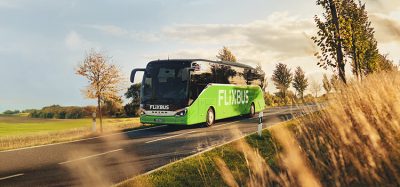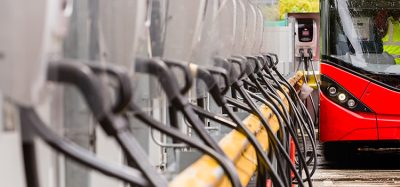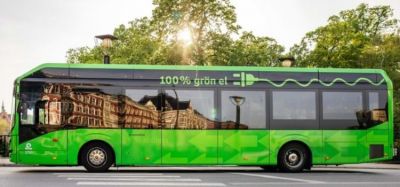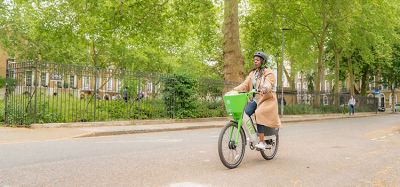Foreword: Meeting the environmental excellence challenge
- Like
- Digg
- Del
- Tumblr
- VKontakte
- Buffer
- Love This
- Odnoklassniki
- Meneame
- Blogger
- Amazon
- Yahoo Mail
- Gmail
- AOL
- Newsvine
- HackerNews
- Evernote
- MySpace
- Mail.ru
- Viadeo
- Line
- Comments
- Yummly
- SMS
- Viber
- Telegram
- Subscribe
- Skype
- Facebook Messenger
- Kakao
- LiveJournal
- Yammer
- Edgar
- Fintel
- Mix
- Instapaper
- Copy Link
Posted: 2 September 2015 | Alain Vidalies
This year France will host and chair the 21st session of the Conference of Parties of the United Nations Framework Convention on Climate Change (COP21). As Alain Vidalies – French Secretary of State for Transport, Sea and Fisheries from the Ministry of Ecology, Sustainable Development and Energy – explains, France is all set to play a leading role, and will seek to meet the challenge of becoming an ‘environmental excellence’ country…
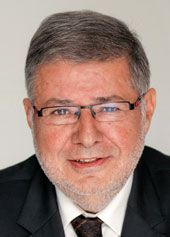

Mobility is at the core of everyday life; connecting people. Fighting congestion and developing sustainable public transportation implies facing the challenge of modal shift – switching from the use of an individual car to alternative means of transportation.
We are committed to an innovative transport policy; we must keep on improving ourselves.
First, the distribution of power between the State and local authorities needs to evolve by transferring school and intercity transportation from the department level to a regional level – to support the transition towards sustainable business models. The regions are already responsible for rail transport. Tomorrow, regions will be on the front line. The new distribution of power, introduced by the French law ‘NOTRe’, will be effective in 2016. It is about attractiveness of our territories, to make them more attractive to users, for all modes of transport.
Furthermore, we have to promote alternatives to the use of individual cars to stimulate transportation systems. The new ‘Grand Paris’ may significantly improve the quality of the transportation network of the Île-de-France region, in the east and the west, and in the heart of the French capital. The construction works regarding the extension of underground lines are well underway; for example, Line 14 towards the Saint-Ouen City Hall. As regards the launch of a €450 million call for projects in favour of collective transports and sustainable mobility, the priority has been given to diversification of the transportation system, concerning cities of all sizes throughout the territory. We are supporting buses with a high level of service, tramway lines, river shuttles and transportation by means of aerial cable. The energy transition law introduces quotas of buses with low-carbon emissions as from 2020. Public transport providers should have, in their fleet, at least 50% clean buses from 2020 and an entirely clean fleet by 2025.
I think it is crucial to provide innovative mobility with opportunities in order to offer possibilities of new services to customers. The development of Intelligent Transport Systems (ITS) has a direct effect on congestion, inter-modality and energy performance. France will stand first in line, hosting the World Congress on Intelligent Transport Systems in Bordeaux in autumn 2015. Many new projects are already underway – i.e. smart transportation devices, autonomous and electric vehicles, and the safety of travellers.
There is a need for consistent and simple solutions for citizens. Improving the quality of transportation is deeply linked to the development of sustainable and smart mobility solutions. This is the meaning of our commitment aiming at promoting active means of transportation, for example cycling and walking. We have recently initiated an ambitious national plan along five major axes: encouraging inter-modality; developing road sharing; encouraging cycling economy; deepening ties with tourism; and promoting the benefits of walking and cycling.
We have to combine mobility and environment to develop sustainable mobility and this will be down to more efficient means of transportation and more virtuous engines. It has to be based on complementary means of transport – key players in public transport and users themselves – and digital technology is a powerful lever to overcome these challenges.




